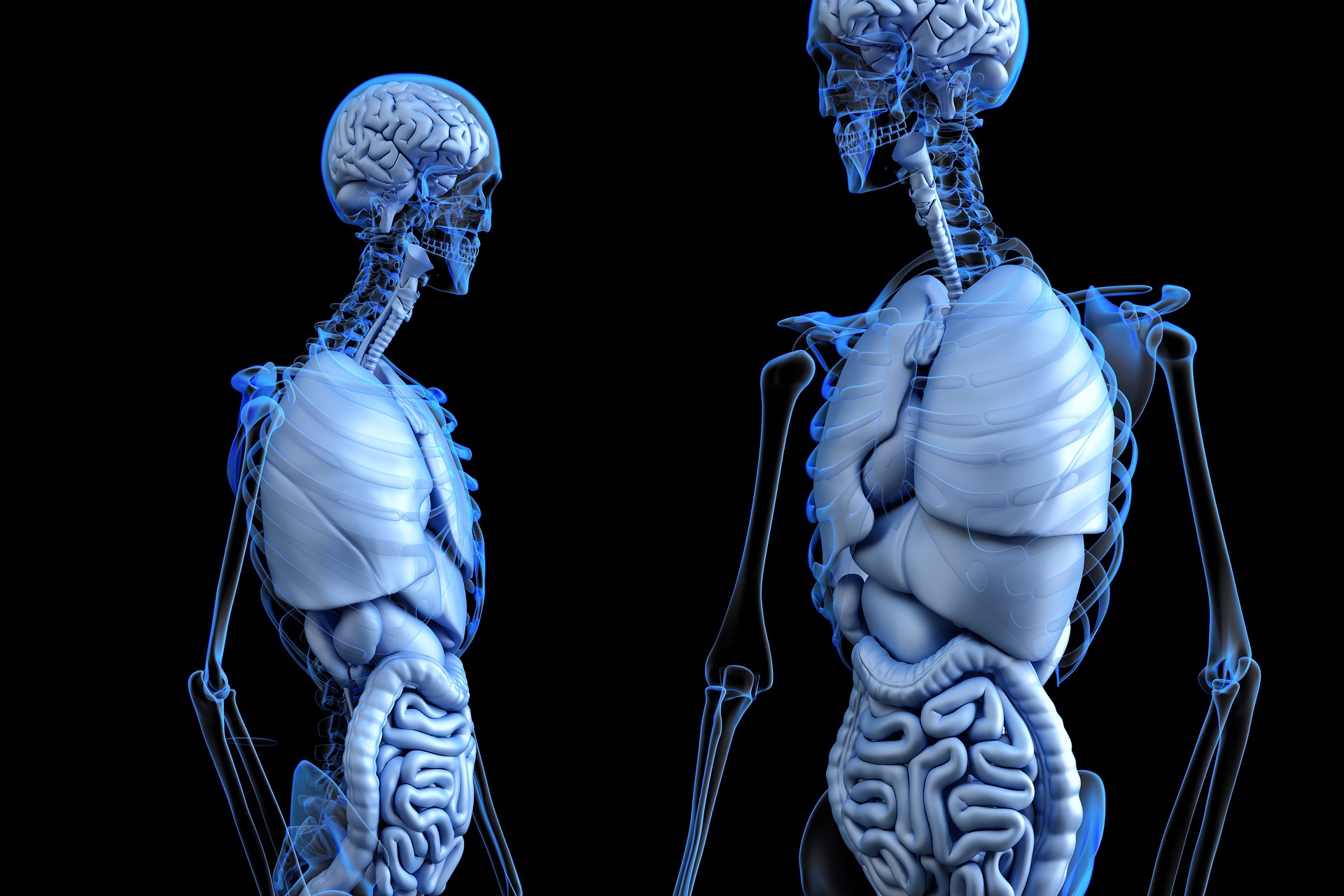According to the International Osteoporosis Foundation, in the U.K. alone, the number of people aged 50+ in 2010 with osteoporosis was 3.21 million. 1 in 2 women and I in 5 men will suffer a fracture after the age of 50. (1)
That’s 50% of women and 20% of men over 50!! CRAZY statistics! Let’s make sure that YOU are not one of those statistics.
Osteoporosis literally means “porous bones.” A scary fact about osteoporosis is that the disease is usually “silent,” developing over many years but going unnoticed. For many people, osteoporosis causes no obvious symptoms or discomfort (you can’t “feel” your bones weakening) until eventually the person affected experiences a bone fracture.
Osteoporosis is defined as “a bone disease that occurs when the body loses too much bone, makes too little bone, or both.”
Just how “serious” is osteoporosis in terms of symptoms and long-term consequences? This condition should not be taken lightly, since weak and broken bones can be difficult to treat and cope with.
Bone breaks, or surgery required to fix fractured bones, can also sometimes cause life-threatening complications and permanent disability in older adults. Breaks, such as those due to falls or slips, can also limit mobility and independence, leading to emotional problems such as hopelessness and depression.
Osteoporosis Causes & Risk Factors
Low bone mass is usually caused by a combination of factors, typically including older age, nutrient deficiencies due to eating a poor diet, existing health conditions and others. The main causes of osteoporosis include:
- Inactivity, or too little exercise which helps to maintain bone mass
- Aging
- Hormonal changes and imbalances, especially low oestrogen levels in women, which is the cause of many menopause symptoms. Low levels of testosterone in men can also decrease bone mass. Women suffer from osteoporosis more than men largely because of a decrease in hormones after menopause. (2)
- History of medical conditions such as autoimmune disorders, pulmonary disease, kidney or liver diseases
- Long-term use of certain medications, including proton pump inhibitors (PPIs), selective serotonin reuptake inhibitors (SSRIs), aromatase inhibitors, fertility drugs/hormonal medications, anti-seizure medications and steroids (glucocorticoids or corticosteroids).
- Low vitamin D levels
- High amounts of emotional stress and depression
- Nutritional deficiencies, especially in vitamins and minerals that help to build bone such as calcium, phosphorus and vitamin K
- Weight loss, dieting that results in severe calorie restriction and malnutrition
What can you do to prevent this disease?
- Eat the right foods
Calcium is involved in the growth and maintenance of bones. Calcium, together with other essential vitamins and minerals like Vitamin K and D and magnesium, is needed to maintain bone mineral density and to prevent weak, brittle bones and fractures. Some of the best source of calcium include all dairy products, green vegetables (like broccoli, okra, kale and watercress), almonds and sardines.
Magnesium is involved in the formation of bone mass and helps balance hormones naturally. Some of the best sources include whole grains like brown rice, buckwheat, rye, oats, beans and legumes, macadamia nuts and hazelnuts.
- Do the right exercises
Bones and tendons need to put under tension to get stronger. In the most recent report published by Public Health England, the evidence suggests that strength training as a single intervention or in combination with high impact loading activities undertaken at least three times per week was effective for bone health. The evidence suggests that physical activities with a high challenge to balance undertaken three times per week were beneficial for balance training and falls reduction. (3) The most beneficial physical activities for bone health are:
- Resistance training
- Circuit training
- Ball games
- Racquet sports
- Get out into the sun
Aim to get about 20 minutes of sunlight exposure on your bare skin daily, which is the best way to prevent a vitamin D deficiency. To make enough vitamin D, you need to expose large areas of your skin to the sun without sunscreen, but only for short periods of time. The darker your skin tone, the more sunlight you will need to make enough vitamin D. Plus you’ll also feel good – we all enjoy a bit of sunshine on the face.

Recent Comments